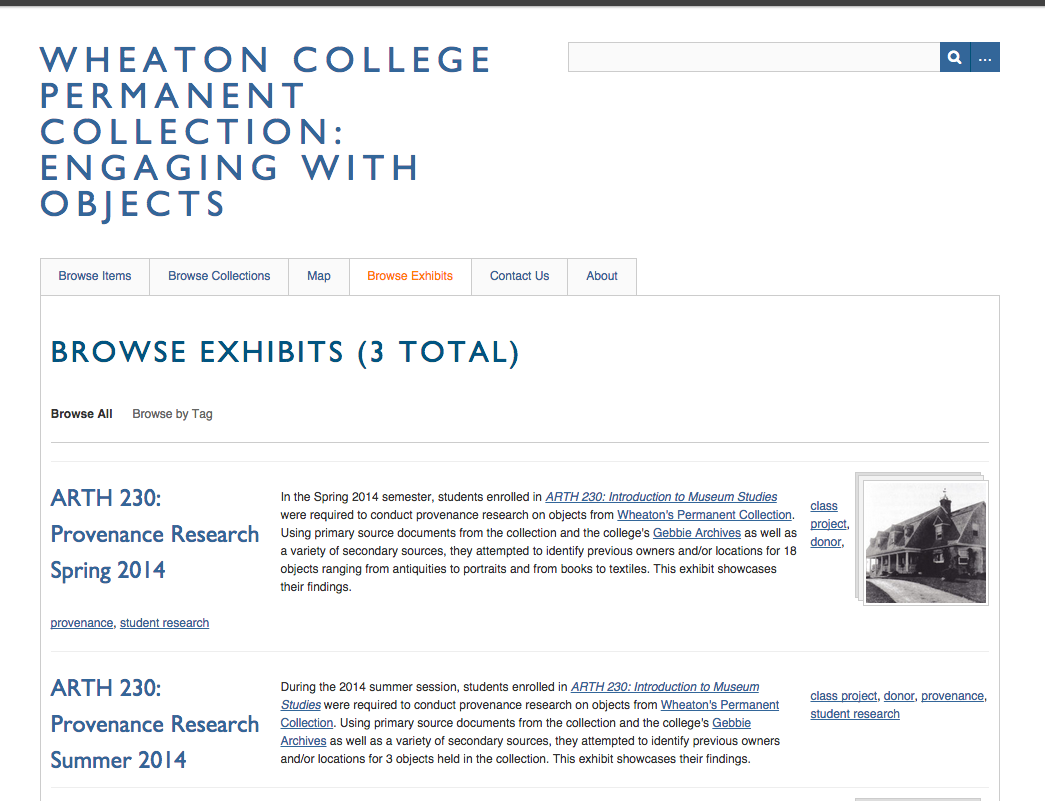DIGITAL HUMANITIES AT WORK: A COLLABORATIVE MODEL FOR CREATING STUDENT-SCHOLARS
AMY BARLOW Humanities Liaison, Wheaton College
LEAH NIEDERSTADT Assistant Professor of Museum Studies/Art History & Curator of the Permanent Collection, Wheaton College

NERCOMP Annual Conference
April 1, 2015
Developing a DH Workflow

Planning
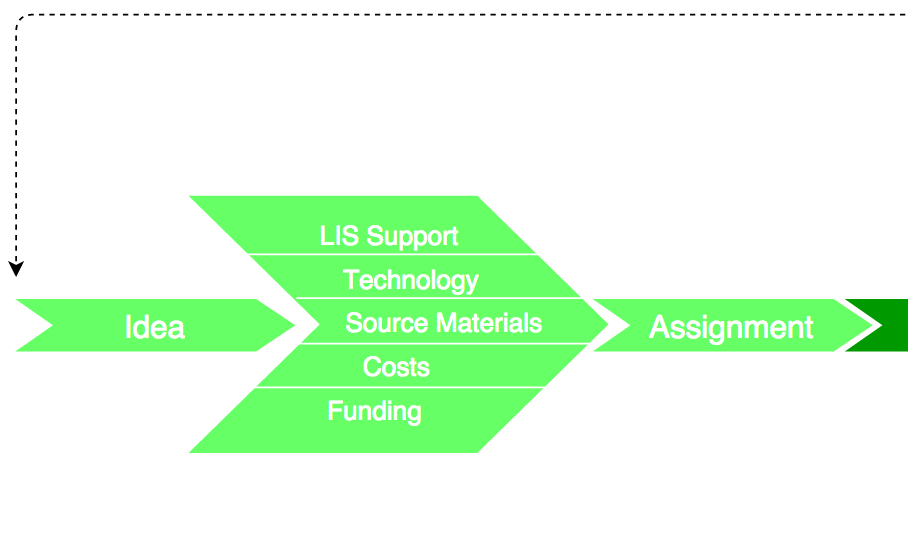
The Idea
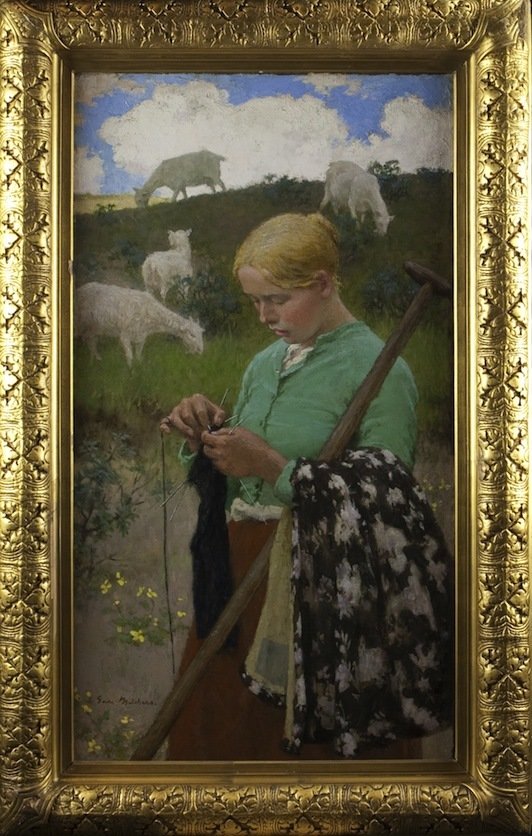
José Antonio Bowen on "Teaching Naked"
An inquiry from the Frick
A call for Course Transformation Grants at Wheaton
Focus on object-based learning and blended learning
Audrey, the Shepard Lass




Planning Activities
Consulting with members of Library and Information Services

Decisions about appropriate educational technologies

Raw materials and data sources

Costs

Funding

Course + Assignment Developmet
First Year Seminar--Gift or Loot: Who Controls Cultural Property? (Fall 2013)
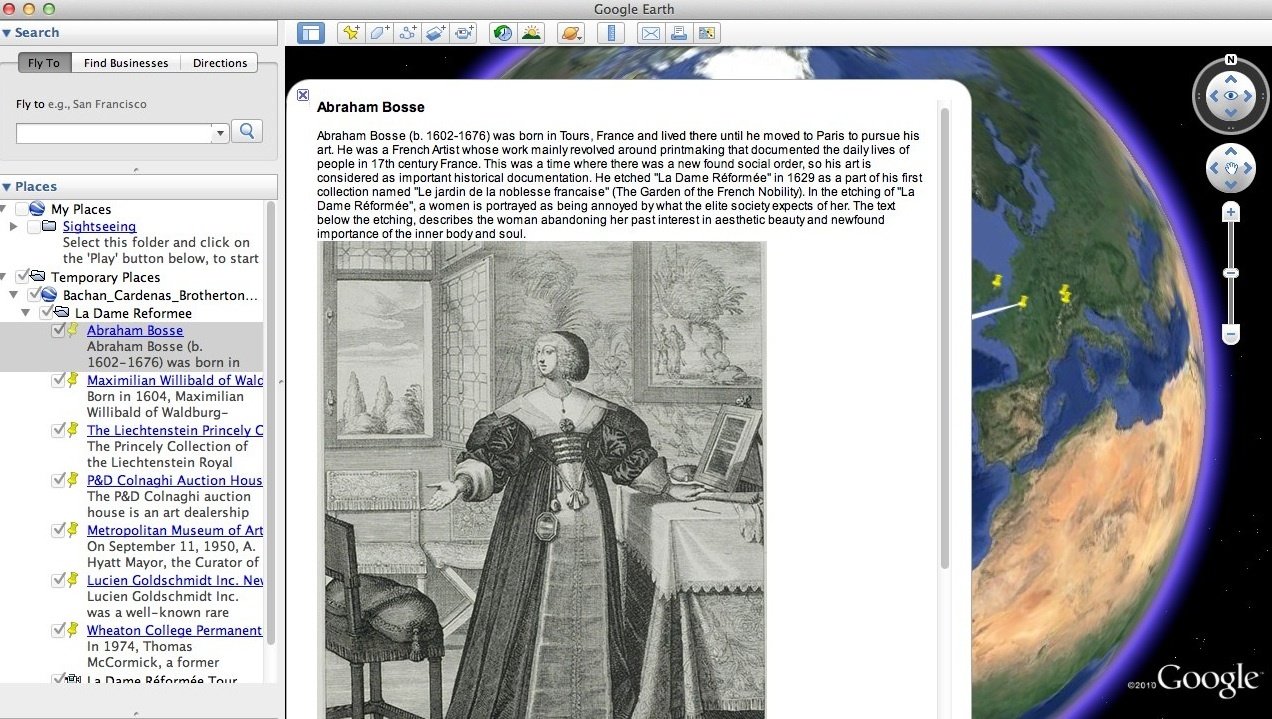
Digital Project 1: Using Google Earth to create provenance maps (teams)
Course + Assignment Developmet
First Year Seminar--Gift or Loot: Who Controls Cultural Property? (Fall 2013)
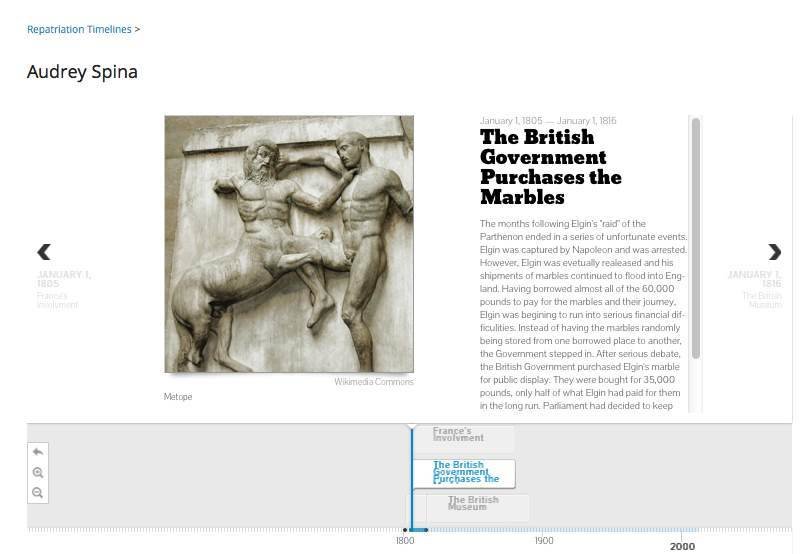
Digital Project 2: Using TimelineJS to create repatriation timelines (independent)
Doing

Workshops for Students

10/10/2013: Public Speaking workshop with Prof. Jennifer Madden
9/10/2013: Collaborative writing workshop with Prof. Ruth Foley
9/12/2013: Google Earth workshop with Jenni Lund
9/19/2013: Library research workshop with Amy Barlow
9/24/2013: Technology & Image workshop with Amy Barlow & Pete Coco




Research and Production
- Students have training documents
- Ongoing LIS research consultation with students
- Ongoing student-faculty-LIS staff communication
- Students install Google Earth on their laptops
- Students populate an LIS-staff hosted spreadsheet in Google Drive to create their timelines
- Content management: An eye on text, image, copyright, bibliographic citation. Requires the oversight of faculty and staff.
More Research, More Production
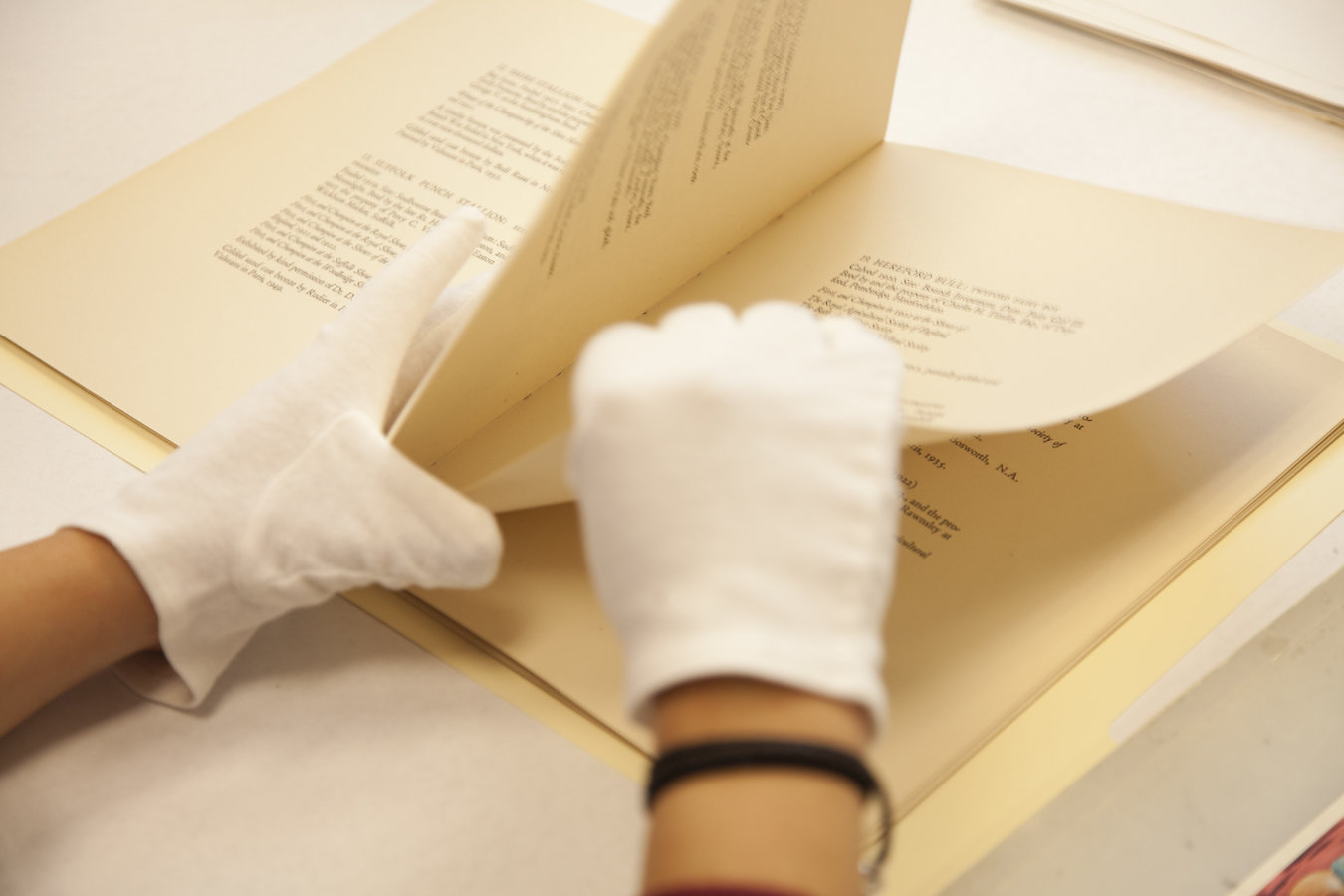
Evaluating
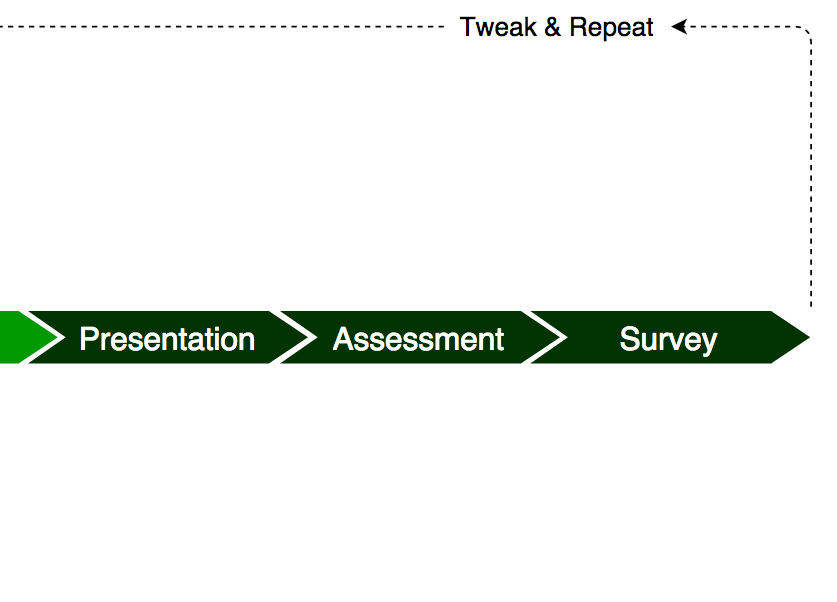
Presentation of Research

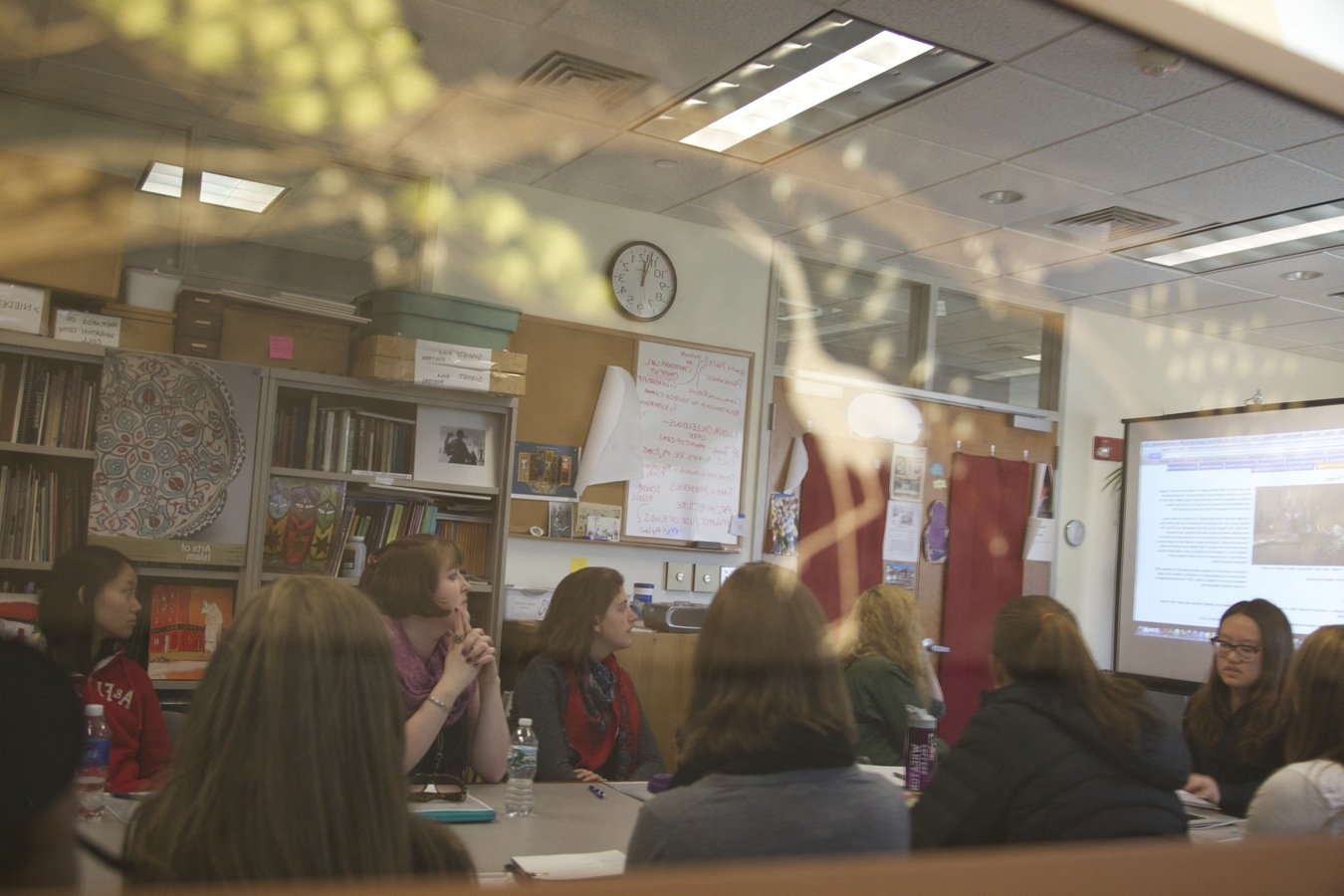

Assessment and Surveys
Evaluation of student performance (grading)

Wheaton standardized course assessment: Likert scale; free text; required for every course

Student satisfaction survey (Google forms)

42% of students singled out digital projects as one of the strongest and/or most valuable aspects of the course
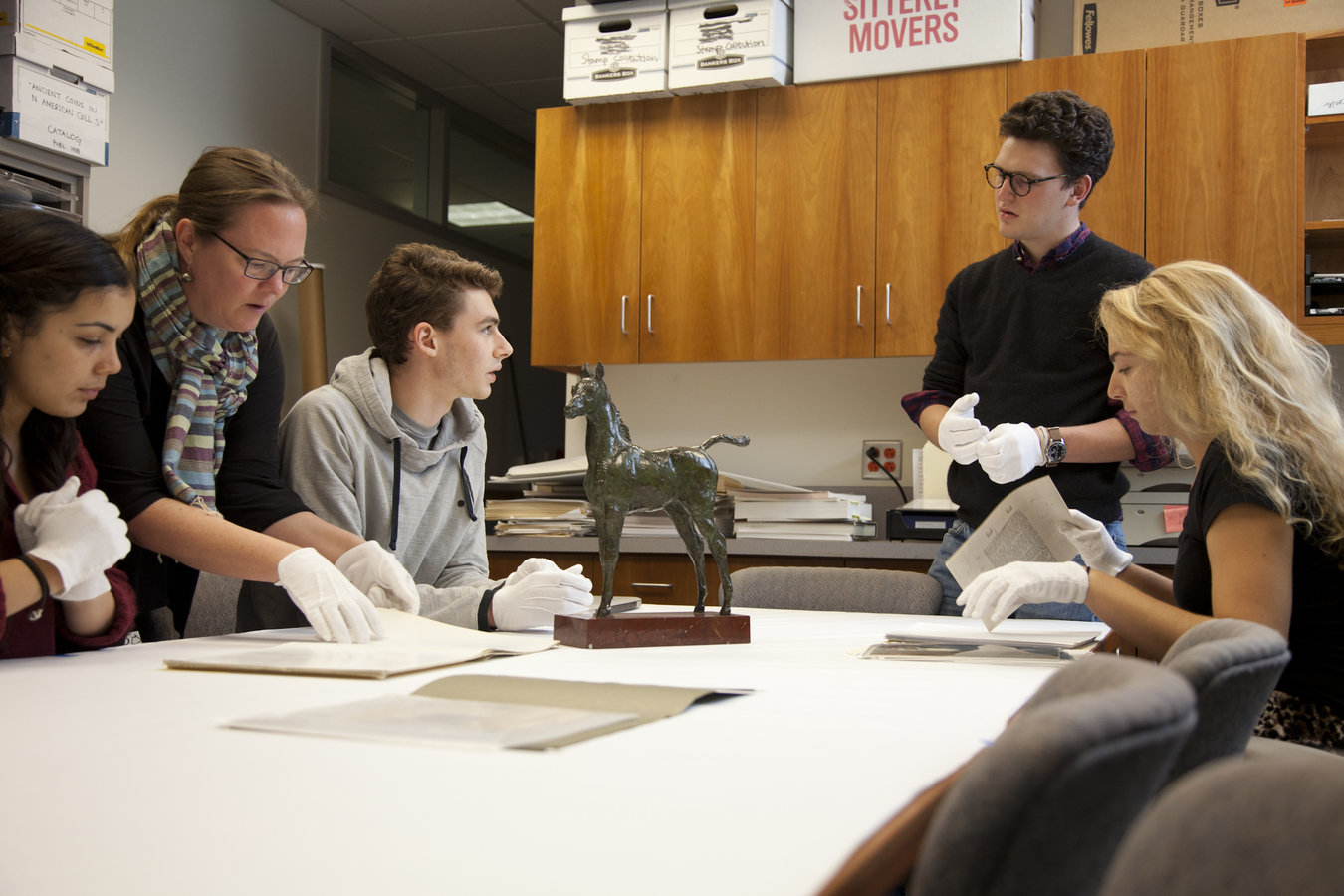
Student Satisfaction
"I talk about the projects a lot. (The FYS) was tough but it was great to take a problem, break it apart, and solve it. We actually accomplished something real. ...It was great to know the work you put in counts in the real world and was not just for a grade; it’s something you can put your name on publicly.”
“We got to do original research in a field that's very relevant to current events. We had a nice mix of team and solo work, and a good balance of written work, oral presentation, and computer [work].”
I learned how to chase down a paper trail, and what it meant to do cold hard research about facts...Up until then all my research had been on theories, not anything really solid. I learned about working with other people and making sure that our researched matched up...I definitely enjoyed the use of the map and the timeline.
Tweak & Repeat
Planning for Omeka
ARTH 230: Introduction to Museum Studies (Spring 2014 )
Rationale
- 1st use on campus so opportunity to trial was appealing to faculty, staff, and students
- Omeka platform--More flexible for provision of text/image content
- Easier to make publicly accessible
- Could be used for other Permanent Collection related projects all of which hosted at same URL, unlike Google Earth
Cost
- If host, free download but requires (ideally) dedicated server and related staff.
- Cost of campus hosting is limited to server, personnel, and some add-ons
- If cloud-based, staggered (varied levels) pricing.
- Requires annual renewed; all content removed from public access if not renewed; less modifiable then hosting Omeka on campus server
Training, Research & Production
- Assignment: kept multiple components due over period of time and workshop format for providing training.

- Staff/faculty/student time investment was higher with Omeka than with Google Earth
- Object Options: larger class required more objects as options. Consulted with retired/former collections colleagues
- Staff Support: Barlow, Bocko, Coco; Wheaton-Book
-
Eliminated workshops that students indicated were unnecessary. Changed timing and number of research workshops.
Evaluating
- Conducted assessment at start and conclusion of ARTH 230
- Wheaton standard course evaluation, which uses Likert scale and open text field
I loved working on original research. It was much more exciting knowing that this was my own research and my object. Rather than just compiling others thoughts on a subject, I was hunting for clues that no one else had found yet. The profound sense of ownership made the research addicting.
History major (Class of 2016)
Evaluating
I think it should not be repeated because the parameters of the assignment cannot be controlled. Since the professor was not aware of the provenance of the object, she could not know how much, or how little, work she was assigning to her students. Further, since each project was different, different students had differing levels of difficulty in regards to their research. In addition, their is no fair criteria for grading these projects. Someone may have worked incredibly hard but hit a dead end, or they might have just been lazy. There is no way to know. It is fundamentally unfair to grade different students differently. There should be an objective criterion, and that criterion was impossible for this assignment.
Art History/Philosophy (Class of 2015)
Learning To Be Comfortable with Failure
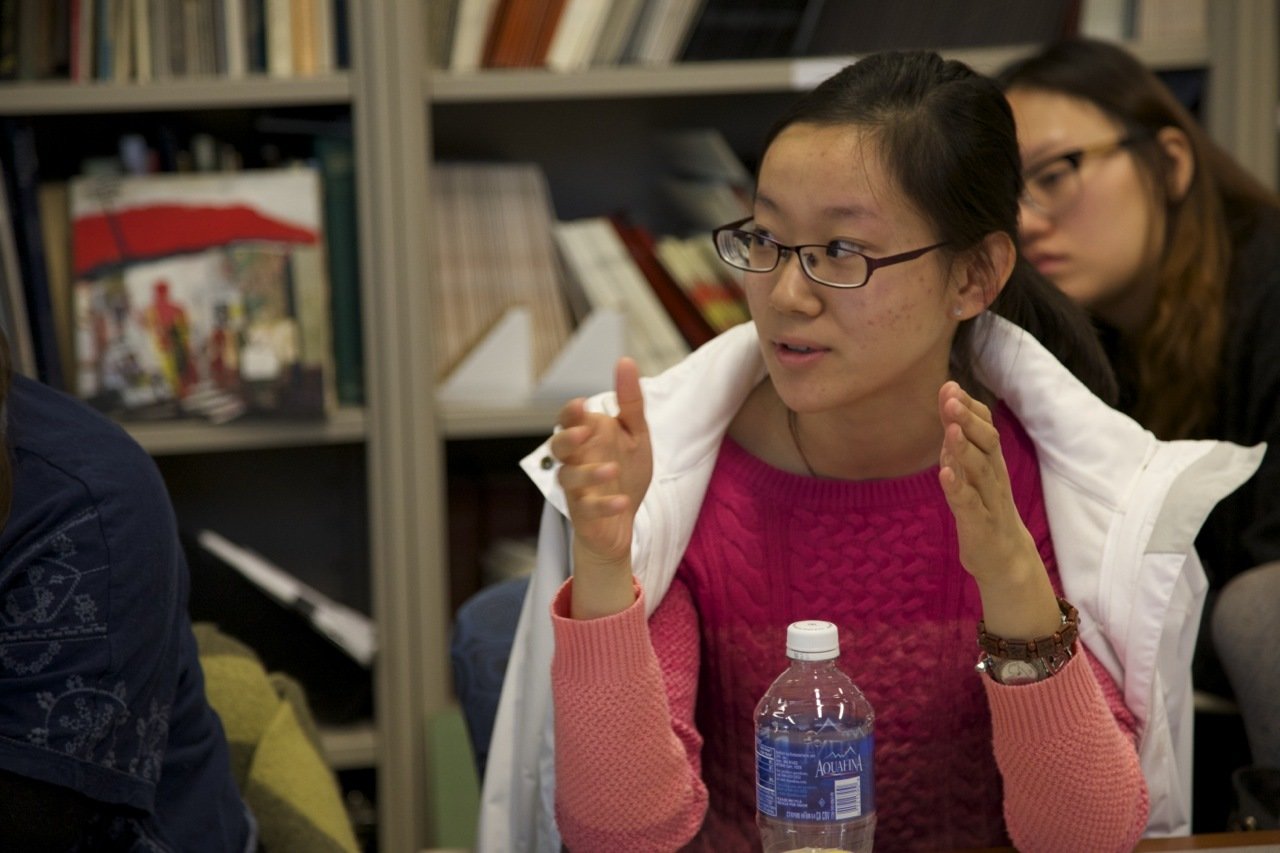

Benefits of Collaborative Digital Projects
Pedagogical
1. Modeled and taught collaboration, emphasized its importance in learning.
2. Taught/strengthened all of the skills that are focus of FYS and, more broadly, of college education.
3. Students introduced to range of staff and resources available at Wheaton
4. Reinforced idea that research is rarely linear; get comfortable with failure
5. Student engagement/excitement
Other
1. Improved documentation on PC objects (33 so far).
2. Created digital tools that have already been used in other courses.
3. Omeka eventually means of making student research on PC objects publicly accessible.
4. Inspire other faculty projects, such as mini-documentaries created by filmmaking students.
5. Serve as example of student abilities/skills (e-portfolio).
DIGITAL HUMANITIES AT WORK: A COLLABORATIVE MODEL FOR CREATING STUDENT-SCHOLARS
By amybarlow
DIGITAL HUMANITIES AT WORK: A COLLABORATIVE MODEL FOR CREATING STUDENT-SCHOLARS
Presentation slides for the NERCOMP Annual Conference. Providence, RI. April 1, 2015.
- 1,890
